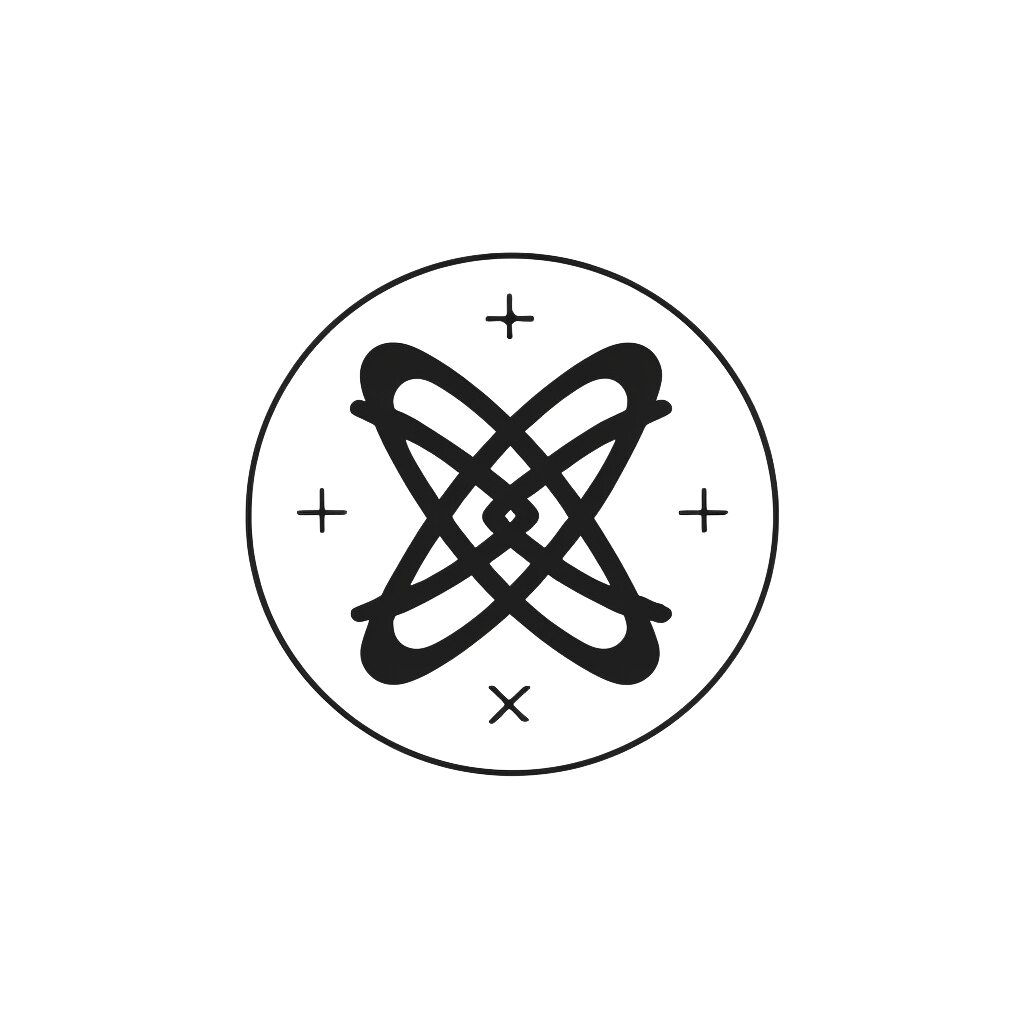Tags :
Free Shipping On Orders Over $99 | Local Pick Up Available
Production Time: 3 Days
PLACE ORDER within --:--:-- hrs
Free Shipping On Orders Over $99 | Local Pick Up Available
Production Time: 3 Days
PLACE ORDER within --:--:-- hrs

Direct to Film (DTF) vs. Direct to Garment (DTG): Which Printing Method Suits Your Needs?
Introduction:
In the evolving landscape of textile printing, Direct to Film (DTF) and Direct to Garment (DTG) are two prominent techniques that have revolutionized the way we print on apparel and merchandise. While both methods offer unique advantages and cater to different requirements, understanding their distinct features can help you make an informed decision for your printing projects. Formulated Prints, committed to delivering exceptional printing solutions, explores the differences between DTF and DTG to guide you in choosing the right method for your needs.
Understanding DTF and DTG Printing
Direct to Film (DTF) Printing: DTF involves printing designs onto a special film that is then transferred to the fabric using heat and pressure. This technique is versatile, allowing for vibrant prints on a wide range of fabric types and colors.
Direct to Garment (DTG) Printing: DTG printing directly applies ink to textiles using inkjet technology. It's ideal for achieving detailed prints with a wide color spectrum on primarily cotton fabrics.
Comparing DTF and DTG Printing
1. Fabric Compatibility:
- DTF: Can be used on a broader array of fabrics, including cotton, polyester, and blends, offering flexibility for various projects.
- DTG: Works best on cotton and light-colored fabrics, with limited effectiveness on dark colors without pretreatment.
2. Color and Detail:
- DTF: Produces crisp, vibrant, and detailed designs that stand out on both light and dark fabrics.
- DTG: Excels in printing intricate designs with high detail and a wide range of colors, especially on light-colored cotton.
3. Production Speed and Efficiency:
- DTF: Suitable for both small and large orders due to its scalability and quick setup, making it efficient for varied order sizes.
- DTG: Best for small to medium runs, as each item needs individual printing, which can be time-consuming for larger orders.
4. Durability and Feel:
- DTF: Creates a slight texture on the fabric, but prints are durable and withstand washing well.
- DTG: Offers a softer feel on the fabric since the ink integrates directly with the material, but durability can vary based on ink quality and fabric type.
5. Cost Implications:
- DTF: Generally more cost-effective for larger runs due to its scalability and lower operational costs.
- DTG: Can be more cost-efficient for small batches, with minimal setup required but higher costs for large-scale production due to slower printing times.
Conclusion:
Choosing between DTF and DTG printing depends on several factors, including the type of fabric you're printing on, the complexity of your designs, the size of your order, and your budget. DTF offers versatility and efficiency across a wide range of fabrics and order sizes, making it a strong choice for diverse printing needs. DTG, on the other hand, excels in producing high-detail prints on cotton fabrics, ideal for projects that prioritize print quality on cotton apparel.
Call to Action:
Are you ready to explore the best printing method for your next project? Visit Formulated Prints to learn more about our DTF and DTG printing services. Let our experts help you choose the perfect technique to bring your designs to life with the quality and efficiency your project deserves.
Recent Post
10 Nov 2025
|
04:56
26 Oct 2025
|
23:49
12 Sep 2025
|
00:24
05 Sep 2025
|
01:22
01 Sep 2025
|
05:21
Archive
- November 2025
- September 2025
- July 2025
- June 2025
Tags
- adhesive powder for DTF
- advanced apparel printing Calgary
- advanced DTF technology
- advanced DTF technology Calgary
- advanced textile printing
- advertising workwear
- Alberta work attire customization
- Apparel Design
- apparel line enhancement
- Apparel Printing
- apparel printing solutions
- apparel printing techniques
- applying DTF with an iron
- best dtf transfers
- best t-shirt design Calgary





BY : Jarrolte Productions